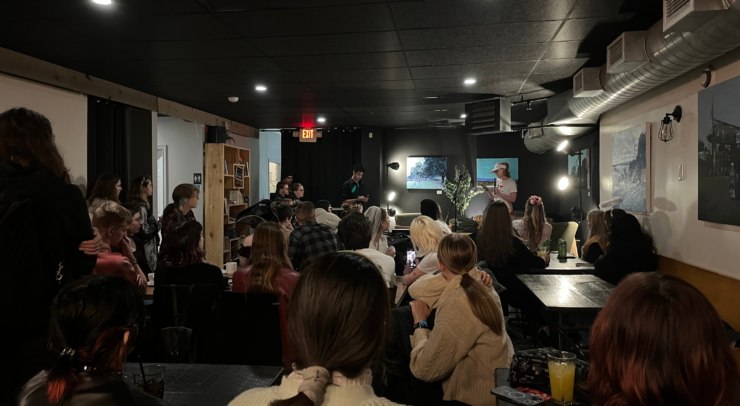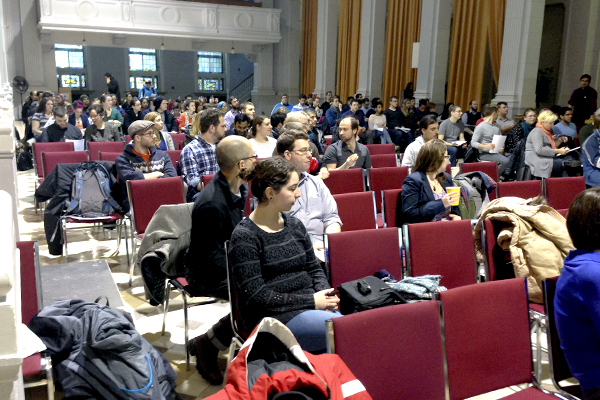The beauty of the scientific method
There is no better example of pseudoscience infecting those around us than during COVID-19. Misinformation is spread at an alarming rate by nonscientists. Where do we draw the line between science and pseudoscience and how do we distinguish the two?
In short, pseudoscience is presented like science, but lacks the same rigour that science undergoes. As a result, it makes the two extremely difficult to discern. However, there exists a method that scientists use to develop their theories, known as the scientific method. It involves first the formulation of a question, a proposed hypothesis, making predictions, multiple testings, and a conclusion. An important note to make is that during the scientific method the goal is not to prove our hypothesis is true, but rather support it. If our predictions turn out to be wrong, then the hypothesis is refuted. Herein lies our main distinction, pseudoscience seeks to only prove whereas science seeks to understand.
To clarify, pseudoscience does not explicitly mean wrong, and science is not a guaranteed right.
The difference is that science has a logical approach to seek out knowledge and make discoveries with no preconceived notions. One would simply observe and develop a hypothesis based on those observations. Consider Santa Claus: to prove his existence would be rather easy considering all the presents under your tree, the weird guy at the mall dressed like him, the fact that the food you left out has been eaten, and all the songs, shows, and movies written about him. Each of these facts prove his existence; however, it’s easy to find confirmation of a theory if you’re looking for it. What you should do instead is continue to search for contradictory evidence because every strong scientific theory is prohibitive, meaning it seeks to rule things out. Therefore, to test for Santa’s existence using the scientific method you would need to prove he doesn’t exist. If none of your results disprove his existence then you can either accept or refute your hypothesis. The only way to prove your belief in Santa is to trust it enough for it to be tested. That’s the beauty of the scientific method, everything must be testable, refutable, and falsifiable.
The problem that many of us face in society, both consciously and subconsciously, is that we let confirmation bias and echo chambers guide us in forming our opinions. Quickly searching for the answers online and nitpicking information that proves our theory, or listening to forums where several people agree with the same theory, can lead us all in the wrong direction. When we decide to study or observe a phenomenon we most likely already have some preconceived notions about it. The only scientific way to combat this is to challenge your beliefs and be willing to let them go. If not for the betterment of our own intelligence, then for the betterment of society as a whole.
In the future, when you’re formulating your own hypotheses that seek to explain the world around you, remember to stay open because to close your mind would mean that you already believe you are correct. Ask yourself: can I refute this? How can I test this?





